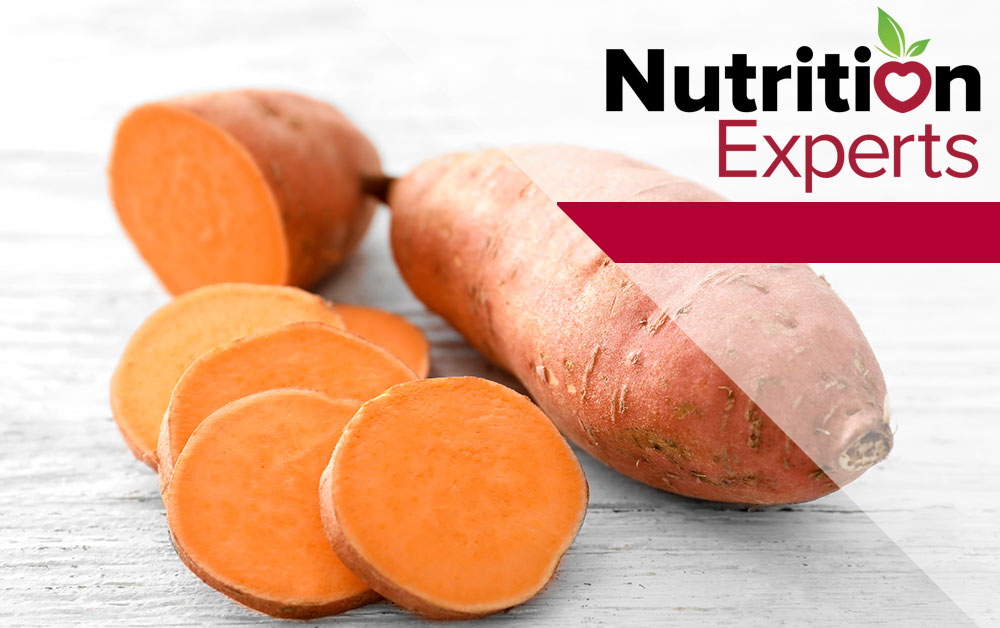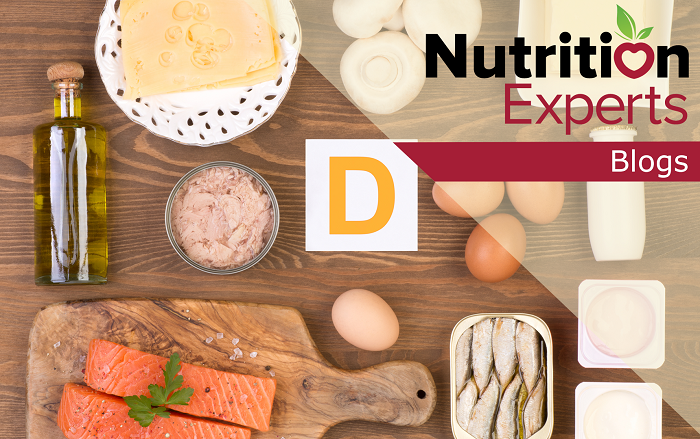
By: Fernando Gonzalez, CSUN Dietetic Intern Cohort 2021-2023
The prevalence of self-reported migraines and headaches in the US population is a significant issue, affecting approximately one-sixth of the American populace, with a notably higher incidence among females.1 Migraines are a type of intense headache that can elicit a sensation of throbbing or pulsating pain in the cranial region.2 Migraine episodes have the potential to continue for extended periods, spanning several hours to multiple days, and the associated discomfort can be severe, impeding routine activities.2 Despite the absence of a definitive cure for migraines, a considerable number of individuals afflicted with this condition have turned their attention towards alternative therapies and modifications to their way of life, which have been shown to mitigate the frequency and intensity of episodes and associated symptoms. Some affected individuals have considered supplementation, aromatherapy, the use of oils, and even workout programs such as yoga. However, it is sometimes difficult to distinguish between quack treatments and evidence-based treatments. Magnesium supplements are a popular supplement option among those with migraines. With the many studies available on magnesium supplements and migraines, it may be possible to determine whether magnesium supplementation is a reliable home treatment for migraines.
Continue reading


